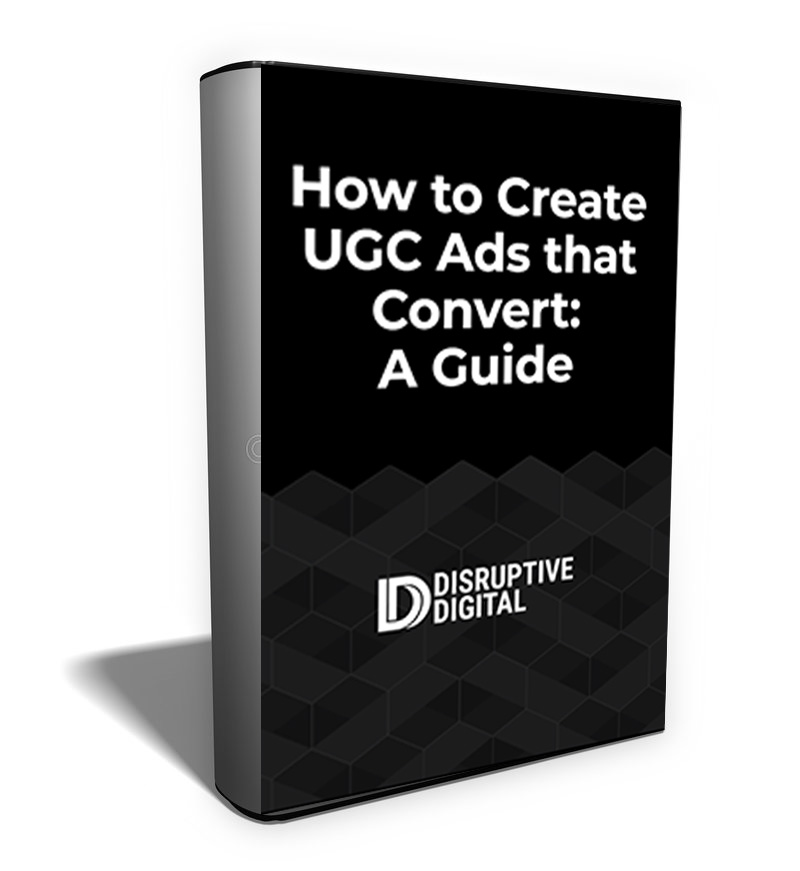In January 2025, Meta introduced significant changes to its advertising policies, particularly impacting businesses in the health and wellness sector. These updates aim to enhance user privacy and restrict the use of sensitive health-related data in advertising campaigns.
Key Changes & Implications
- Restricted Data Sharing: Health and wellness advertisers can no longer share certain personal information with Meta, such as past purchases or items added to carts. This significantly affects audience targeting and retargeting capabilities.
- Optimization Limitations: Meta has restricted advertisers from using lower-funnel events like “Purchase” or “Add to Cart” for campaign optimization. Instead, campaigns must optimize for higher-funnel events like “Landing Page Views” or “Engagement.” This change affects conversion tracking accuracy and the ability to drive direct sales efficiently.
Industries Affected
Meta’s broad definition of health and wellness means several businesses are impacted, including:
- Telemedicine platforms
- Pharmacies
- Healthcare service providers
- Health-focused apps for fitness, dieting, or mental well-being.
Even businesses indirectly related to health and wellness may be flagged under these new rules, limiting their advertising effectiveness.
My Take: How This Affects Advertisers
For advertisers, these changes present significant challenges. The biggest pain point will be the inability to optimize for lower-funnel events.
This will weaken direct-response campaigns, making it harder to optimize, measure and scale performance.
Additionally, the broad categorization of health and wellness means businesses that don’t primarily operate in this space may still face restrictions, leading to disruptions in their marketing strategies.
Advertisers who previously relied on Meta’s AI-driven optimization for purchases will now struggle, being forced to use higher-funnel objectives that don’t always correlate with direct revenue.
How to Navigate These Changes
While these changes pose obstacles, advertisers can still find ways to drive conversions on Meta. Here’s 7 steps you can take:
1. Check If You’ve Been Flagged
- Go to Meta Events Manager > Data Sources > Settings > Manage Data Source Categories.
- Look for the “Health & wellness condition” flag.
- If flagged, it will likely impact your ability to advertise effectively on Meta.
2. Submit a Categorization Review
- If your business is incorrectly categorized as health and wellness, request a review in Meta’s Events Manager.
- Ensure your ad copy and website messaging don’t inadvertently trigger Meta’s policies on restricted content.
3. Optimize for Alternative Events
- Shift optimization strategies to events like “ViewContent,” “Search,” or “Lead” to gather data and maintain performance.
- If selling a product, test “Initiate Checkout” as an optimization event to maintain intent-driven targeting.
4. Audit & Update Your Website to Avoid Flagging
- Review all health/medical claims on your website and remove strong claims about curing/healing.
- Keep messaging factual and compliant. Avoid condition-based language that could trigger the AI flag.
- Ensure your website content aligns with Meta’s compliance standards to avoid unnecessary flagging.
- Implement a strong first-party data strategy by capturing emails or phone numbers for direct marketing outside of Meta’s platform.
- Create high-quality landing pages that encourage user engagement (watching videos, filling out quizzes, or reading long-form content) to help Meta’s algorithm understand user intent better.
5. Use Broad Targeting & First-Party Data
- With limited ability to retarget, advertisers must rely on Meta’s broad targeting and AI-driven campaigns.
- Strengthen email and SMS marketing by using collected first-party data to re-engage audiences outside of Meta.
6. Test Into Custom Events (With Caution)
- Some advertisers are circumventing this policy by using custom events.
- However, this technically goes against Meta’s policies. It remains unclear if Meta will enforce restrictions on this tactic.
- If testing custom events, monitor performance closely and be prepared to pivot if Meta cracks down on this strategy.
7. Diversify Your Marketing Mix
- Explore other paid advertising platforms like Google Ads, TikTok, and Pinterest where restrictions may be less stringent.
- Invest in organic marketing strategies, such as SEO and influencer partnerships, to reduce dependency on Meta’s ad platform.
Final Thoughts
Meta’s new restrictions on health and wellness ads create a more challenging environment for advertisers, particularly those relying on lower-funnel events. However, by adapting optimization strategies, leveraging first-party data, and refining website content, businesses can still maintain strong advertising performance.
The key to success lies in proactively updating your website, testing new optimization events, and diversifying your marketing channels to mitigate risk. If you’re struggling with these changes, consider auditing your campaigns and website to ensure compliance while maximizing ad effectiveness.






